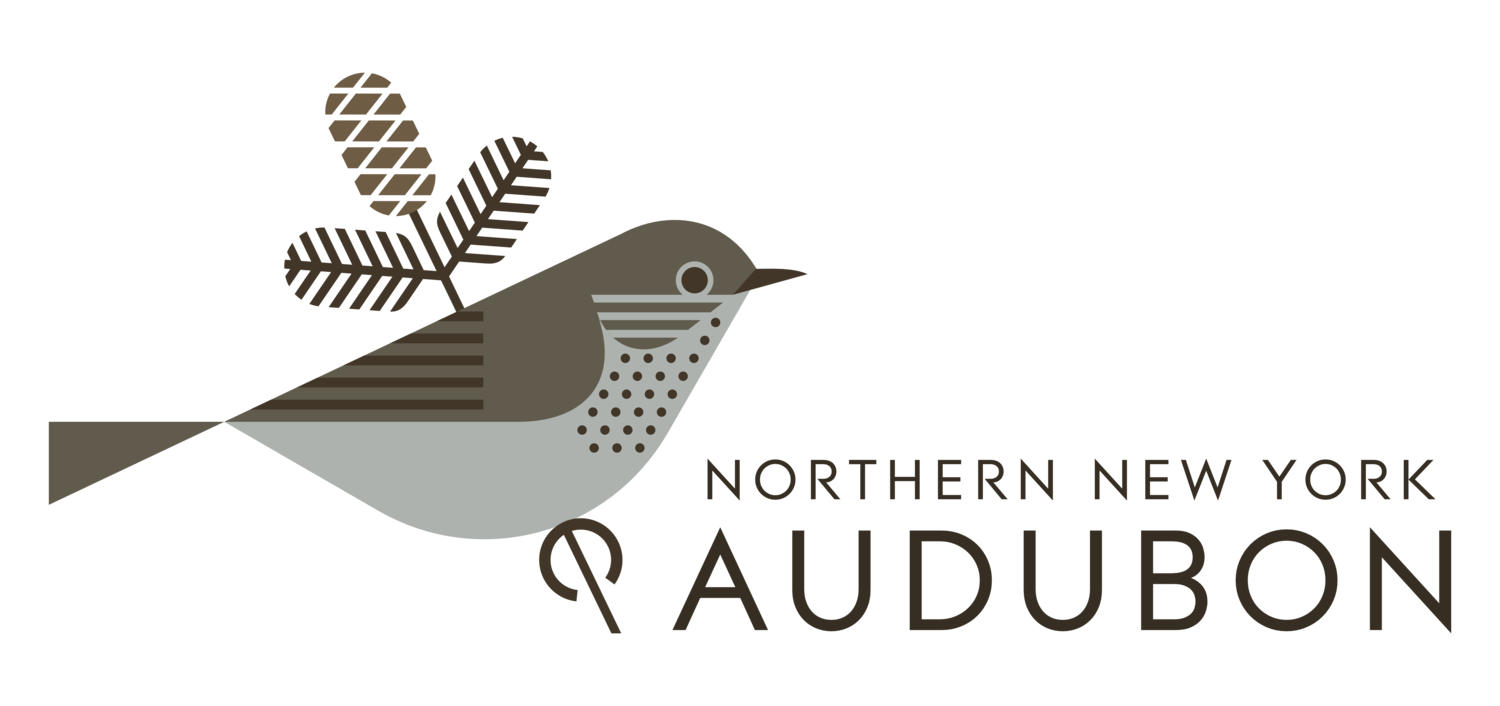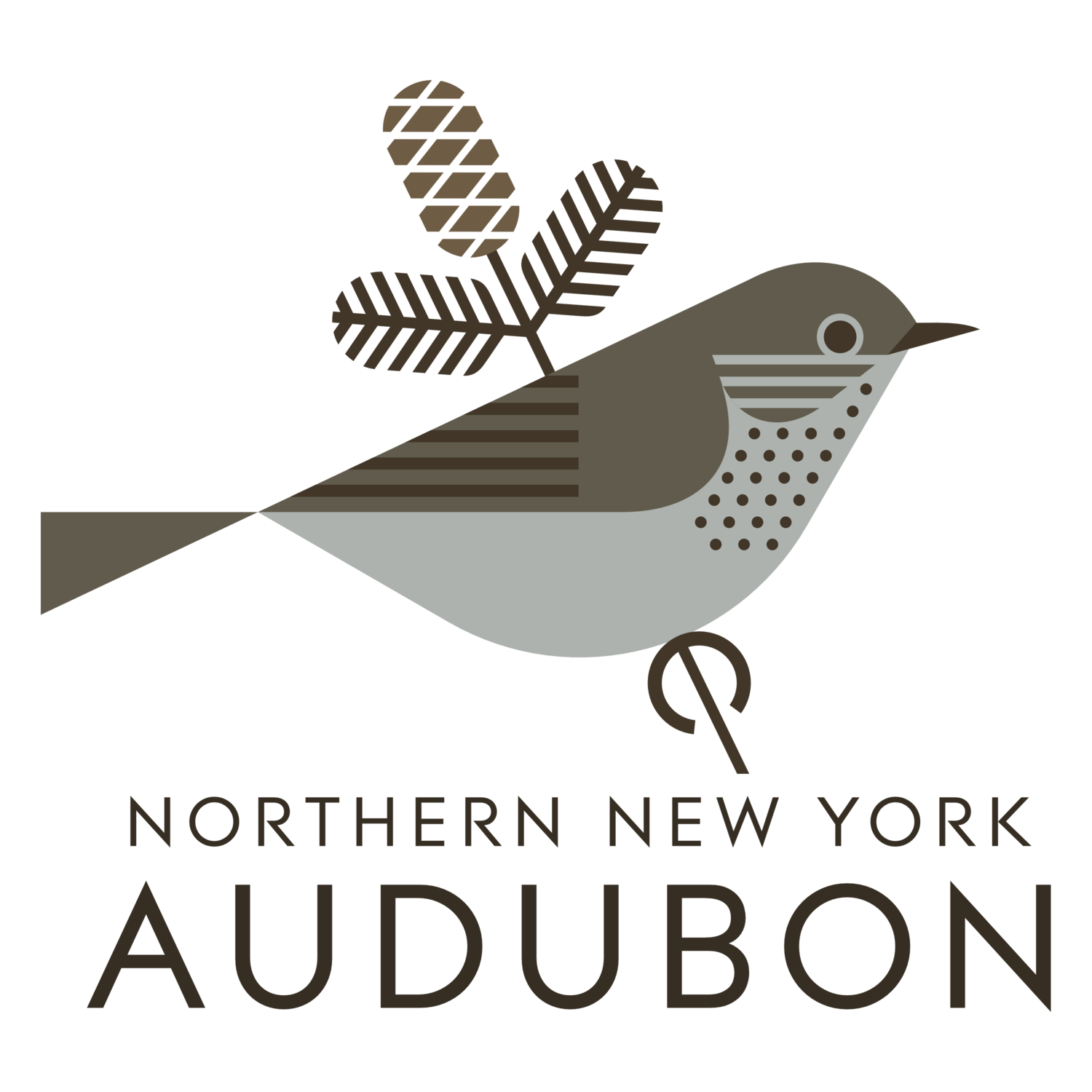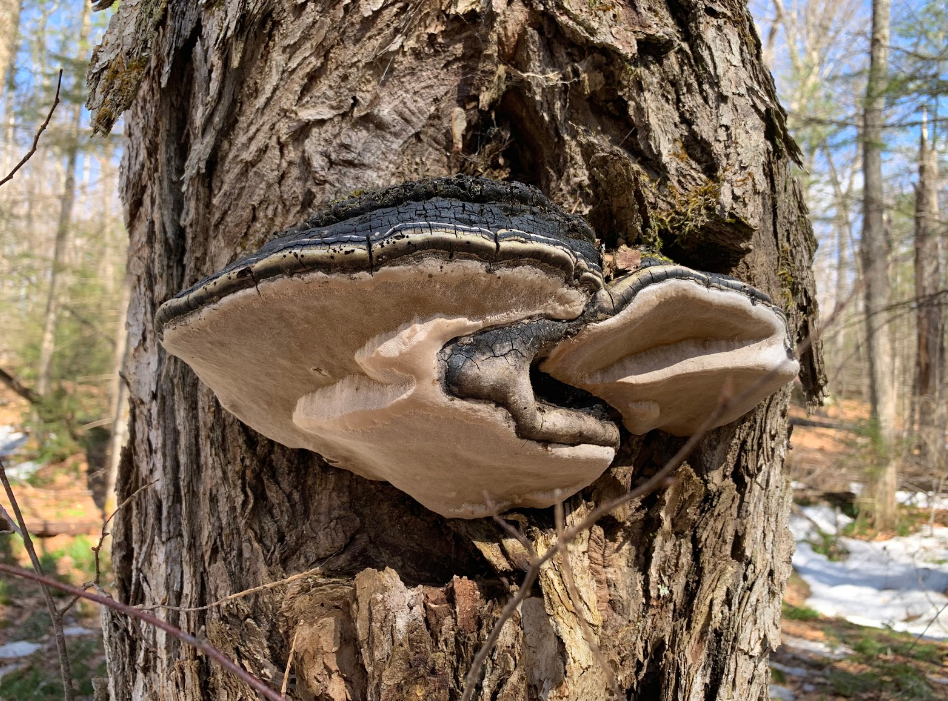How Tree-Rot Mushrooms & Pileated Woodpeckers Carry the Weight of Mothers, Everywhere
Phellinus igniarius is an underrated, semi-parasitic, tree-eating fungus that shines light to attract pileated woodpeckers, produces nutrient-rich healing mushrooms for nursing humans, and protects vulnerable baby members of the weasel family from their fathers. What on Earth is going on here?
P. igniarius forms semi-parasitic relationships with broadleaf tree hosts (among which are willows, poplars, beeches, yellow birches, and other deciduous trees). Phellinus mushrooms have more than their fair share of common names - including Mishima, Willow Bracket, Fire Sponge, Black Bristle Bracket, false Chaga, false tinder polypore, and likely others. Without any consensus on what to actually call this mushroom, it is hardly surprising that Phellinus has yet to catch on in the Western world, despite its rich cultural recognition for medicinal use among mothers and women throughout history in Japan. Let’s focus on one name for now, which is that of Japanese origin, Mishima.
Mishma: The Motherhood Mushroom
“Mishima”, also portrayed as “Meshima” “Mesima” or "Misima”, is a Japanese word that translates to “the island of women”. That’s an awfully unique and specific name for a mushroom, and for worthy reasons! Meshima has been widely studied in the South Asia Pacific for its ability to support natural fertility and contribute to greater chances of a healthy, successful pregnancy. In addition to that, meshima is even thought to reduce a myriad of unpleasant symptoms associated with pregnancy, such as sweats, vomiting, nausea, hormonal imbalance, and abdominal discomfort. (4)
Mishima is unique in that regard- A mushroom celebrated for a history of supporting women; particularly pregnant women, and mothers. The direct maternal benefits surrounding Mishima are surprisingly historical and extremely well substantiated.
The Symbiotic Relationship Between Pileated Woodpeckers & Mishima
There are, however, motherhood-supporting benefits of Mishima that are very new to our understanding, but are true, with emerging studies - New research suggests that Mishima shares a symbiotic relationship with the pileated woodpecker, Dryocopus pileatus. New research suggests that Phellinus plays a significant role in the softening of heartwood, which enables the smooth excavation of nesting sites for D. pileatus. (2).This is a necessity for most if not all woodpeckers, but particularly rings true for the pileated woodpecker. Measuring in with a staggering 14 inch long body, from beak to tail, the pileated woodpecker has quite the excavation ahead!
In exchange for assistance and a suitable home, gravid woodpeckers don’t have to put much thought into returning the favor. Gravid or not, woodpeckers consume a great deal of spore-eating insects, and through their daily behaviors, woodpeckers are highly efficient transmitters of fungal hyphae, spores, and other reproductive matter for phellinus and many other fungi. Which other fungi do woodpeckers support? Primarily those that soften wood, including Fomitopsis pinicola, Trametes versicolor, Ganoderma megaloma, Ganoderma applanatum, Pleurotus ostreatus, and certainly additional unidentified tree-dwelling hipster mushrooms.
Conscious Intention or Coincidence?
It may be a stretch to suggest that the woodpeckers are spreading these spores with conscious intention, but it would be naive to assume that woodpeckers are unaware that fungi make their nest-building task easier. Birds, woodpeckers, in particular, are highly intelligent.
Don’t take it from me. A 1970s study from the University of New Mexico details called Woodpecker Dependence on Trees Infected by Fungal Heart Rots provides several impressive examples:
“Some nest trees had been subjected to fungal decay for a very short period of time. These trees appeared completely healthy on the outside. However, when cut down and sectioned a small pocket of rot was discovered. Somehow, probably by sounding the tree with their bills, the woodpeckers had been able to detect the decay and subsequently excavate through several centimeters of healthy oak before hitting the decayed pocket out of which the nest cavity was chiseled” (3).
“We examined freshly excavated chips of wood from 78 other nest trees of the 4 species of woodpeckers. All had been softened by fungal decay. We saw on several occasions for each woodpecker species, aborted nest excavation attempts after only 2-5 cm of penetration. In all instances, the woodpeckers subsequently excavated a cavity either in another tree or in a different place on the same tree. These observations may indicate that woodpeckers occasionally err in detecting suitably rotted nest sites” (3).
We’ve long understood that fungal mycelium can reflect UV light wavelengths in forms invisible to humans, and we’ve known since 1970 that birds can see the UV portion of the spectrum. This ability to see in UV is incredibly beneficial to birds. Being able to see in UV assists them in food selection, mate selection, and even helps them determine which baby birds should be fed first. In 2018, researchers identified a model that at least makes clear that woodpeckers should not only be able to see but also distinguish between the light produced by varying fungi (1).
Benefits Beyond Woodpeckers
Here’s where it gets even deeper. These nest sites, made possible by wood-destroying fungi, excavated and inhabited by massive mother woodpeckers, are then recycled by a large range of other mothers and animals. Think owls, wood ducks, and a wide variety of other feathered and furry woodland creatures. Eventually, raccoons, bobcats, and even bears may take occupancy in the hollow of a dead snag.
I think the symbiotic relationship between Mishima and D. pileatus, which can accurately be thought of more broadly as a symbiosis between tree-rotting fungi and woodpeckers in general, is extremely important, especially when you take into consideration the plethora of not-so-friendly interactions that exist in the natural world.
What I’m about to share may be graphic, but it is real, and the awareness would be highly appreciated by female fishers and American martens everywhere. Male martens and fishers make for some of the worst fathers in the animal kingdom. Being incredibly territorial, male martens and fishers will stop at nothing to kill potential competition over prey - even their own young. This territoriality, compounded by human development, climate change, and deforestation, all contribute to serious difficulties in state population management efforts for these species.
In areas where logging and other factors have thinned out once inhabitable forests of their suitable den tree sites, but where otherwise, the conditions for the survival of these species is ideal, the DEC (and independent stewards) employ man-made marten and fisher boxes, for martens and fishers to raise offspring in once-extirpated homelands. Along the way, the prevalence of this problematic phenomenon was discovered and took great creativity to work around. It takes a very specifically sized entry hole to successfully stop a male fisher in his unholy pursuit; a size that is better determined and engineered by a female fisher, on a natural dead or dying tree.
In addition to the aforementioned mustelids, many animals, including the prey within their territory, as well as wood ducks, northern flickers, nuthatches, chickadees, owls, bats, and squirrels all utilize these hollows. Whether used for nesting sites, general shelter, or food storage, it's clear that these fungi-augmented hollows are incredibly important for a huge variety of organisms. Mother Mishima doesn’t discriminate.
Impacts of Timber Management
All of these indirect connections bring me to one central point. The timber-centric industries of modern private land management play a consequential role in the development and evolution of our forested woodlands. A quick Google search on Ganoderma megaloma, Phellinus igniarius, Inonotus obliquus, or other tree-rotting organisms, shows that Wikipedia is quicker to explain the financial harm fungi cause to land managers than to acknowledge the myriad of positive influences they have in the ecosystem of northern forests. Many foresters, forestry educators, and others considered experts in these spheres regard these fungal organisms as if they are a disease to the forest, which their timber-centric land management plans offer a logical (and profitable) cure.
While this is not the case for all loggers or land management companies, the indiscriminate eradication of tree-dwelling fungi, through legal and unchallenged selective harvest protocols, deeply concerns me. Specifically, I know for a fact that local selective protocols for Betula alleghaniensis, call for any yellow birch eight inches in diameter with a “dead top” to be cut and sent to the pulp and paper mill... Or sold for firewood.
That would include virtually every single yellow birch tree with Meshima, Chaga, Tinder Conk, or any other saprobic fungus. There is no momentous advocacy demanding justice for these fungi, yet they contribute greatly to bird and wildlife populations, and their mushrooms may offer a key to unlock future medicine. Their value is simply untold.
Maybe this story will encourage landowners to reconsider the protocols in which they allow for trees to be cut and removed from their property. Or perhaps this is just another interesting testament to the brilliance of nature. Fortunately, fungi are resilient.
Every organism has a role and a place. Especially Mama Mishima.
References
O'Daniels, Sean & Kesler, Dylan & Mihail, Jeanne & Webb, Elisabeth & Werner, Scott. (2018). Visual cues for woodpeckers: Light reflectance of decayed wood varies by decay fungus. The Wilson Journal of Ornithology. 130. 200-212. 10.1676/16-171.1.
Jusino Michelle A., Lindner Daniel L.,Banik Mark T.,Rose Kevin R. and Walters Jeffrey R. (2016). Experimental evidence of a symbiosis between red-cockaded woodpeckers and fungi. iProc. R. Soc. B.2832016010620160106 http://doi.org/10.1098/rspb.2016.0106
Conner, R. N., Miller, O. K., & Adkisson, C. S. (1976). Woodpecker Dependence on Trees Infected by Fungal Heart Rots. The Wilson Bulletin, 88(4), 575–581. http://www.jstor.org/stable/4160827
Zhou X, Shi Q, Li J, Quan S, Zhang X, Gu L, Li H, Ju Y, Hu M, Li Q. Medicinal fungus Phellinus igniarius alleviates gout in vitro by modulating TLR4/NF-kB/NLRP3 signaling. Front Pharmacol. 2022 Oct 21;13:1011406. doi: 10.3389/fphar.2022.1011406. PMID: 36339594; PMCID: PMC9634182.



